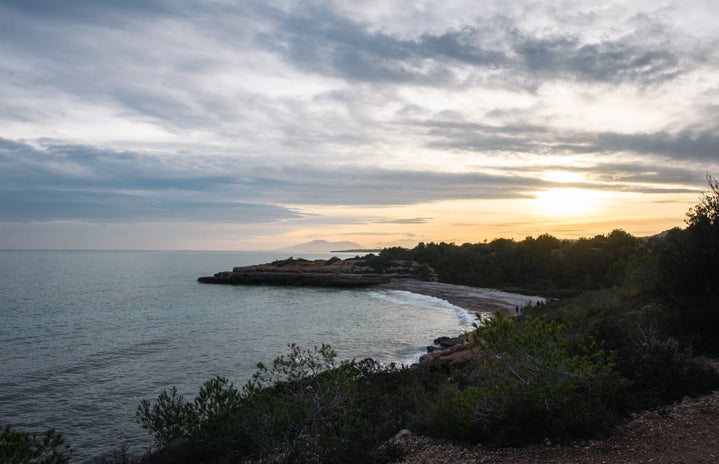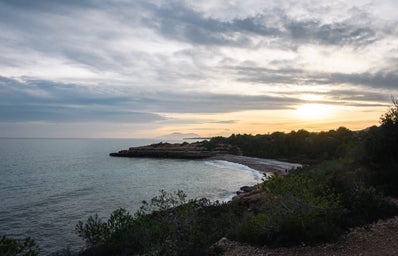Pirates have become something so heavily fictionalized and stereotyped in popular culture that it’s easy to forget pirates were a very real part of history. The image of pirates that persists in modern culture comes from what is called “The Golden Age of Piracy,” which took place during the 17th and 18th centuries. During this time, piracy was momentous in the United Kingdom, the Caribbean, West Africa, and countries around the Indian Ocean. We commonly associate pirates with eye patches, peg legs, parrots, skulls and crossbones, and buried treasure, among other things that are based more in the cultural imagination than in historical reality. These ideas are reinforced by literature, film, and video games like Treasure Island, Pirates of the Caribbean, and Assassin’s Creed IV: Black Flag, respectively.

Historical fact and fiction are often woven so seamlessly together that it is difficult to pry them apart, so I will lay what is most commonly known here. Jeanne de Clisson was, perhaps surprisingly (considering the path she eventually went down), part of the French nobility in the early 1300s. She was married to Olivier de Clisson IV, who was a wealthy nobleman. He was the military commander of Vannes, alongside Hervé VII de Léon, when the city was captured by the English. Olivier de Clisson was subsequently accused of failing to defend the city properly and being a traitor. He was executed by beheading.

The story goes that de Clisson and the Black Fleet frequented the English Channel and would hunt down and attack French vessels. She would slaughter almost all of the ships’ crews, leaving just a couple alive to report back to King Philip VI. If there were any nobles aboard the ships, it is said that de Clisson would behead them personally, with an axe.
de Clisson was never caught by the French. After some thirteen years, she retired from piracy, married English military deputy Walter Brentley, and settled in a castle on the Brittany coast. During her time as a pirate, her presence in the English Channel haunted the French, and she saw her revenge through time and time again.


